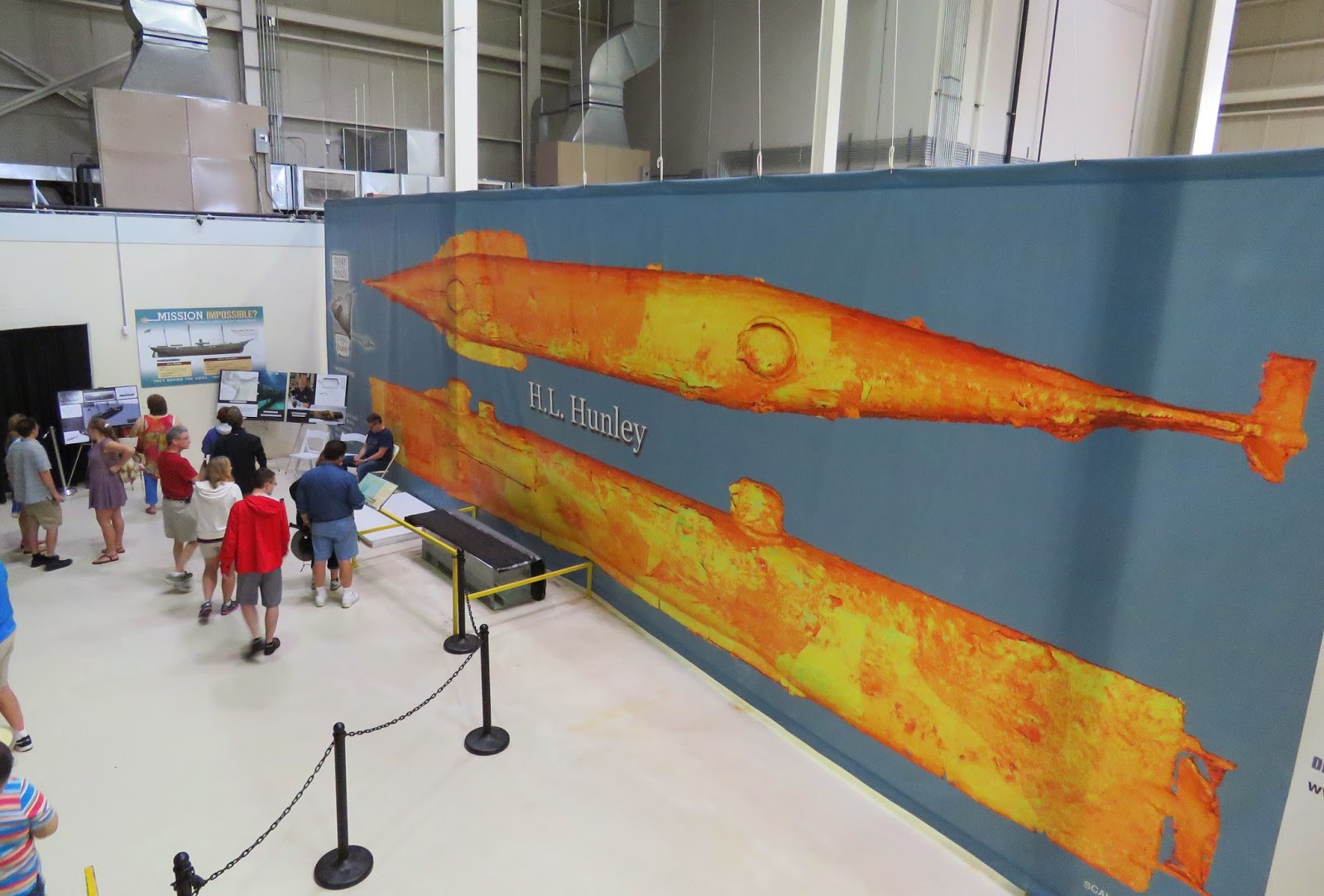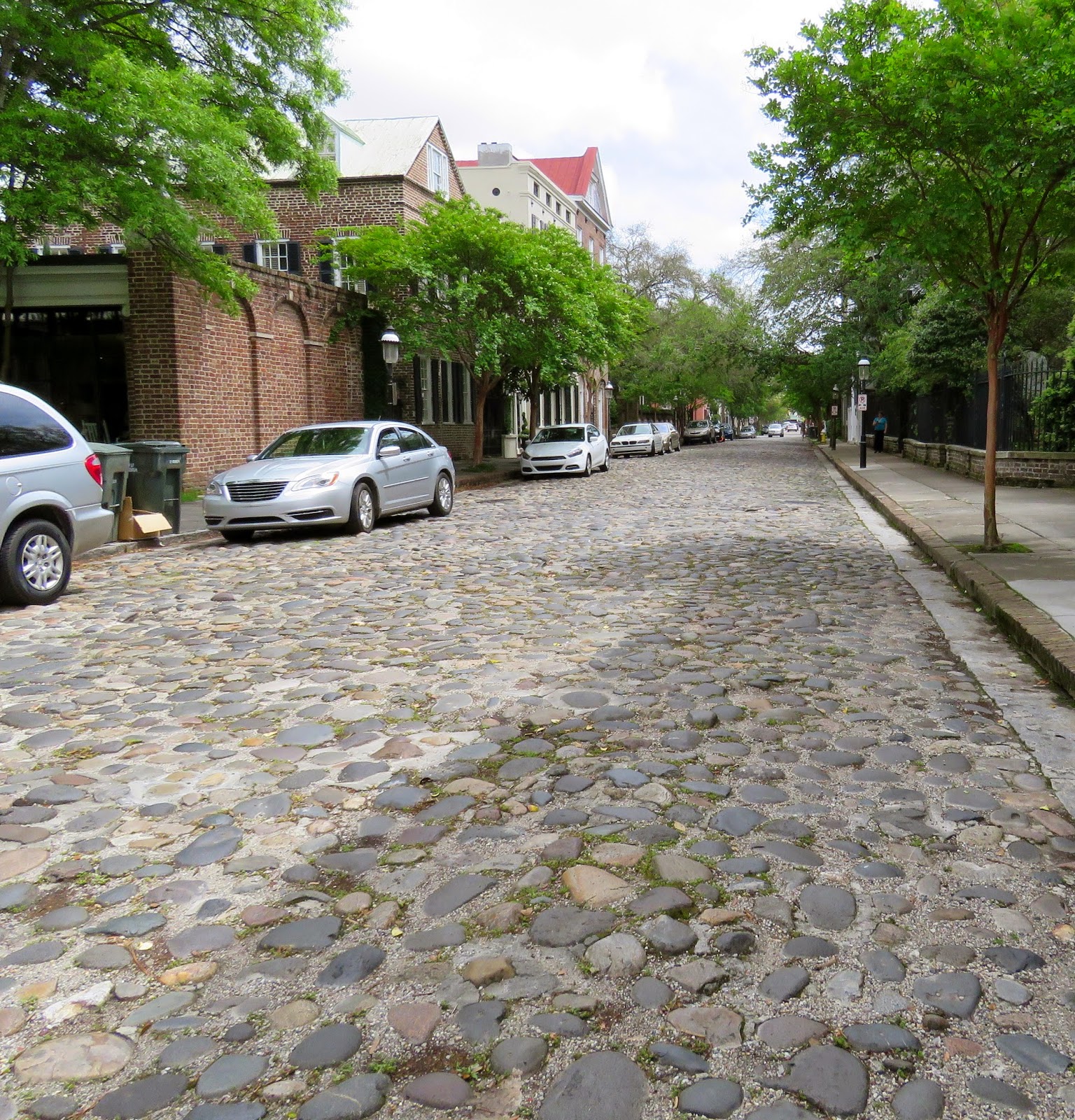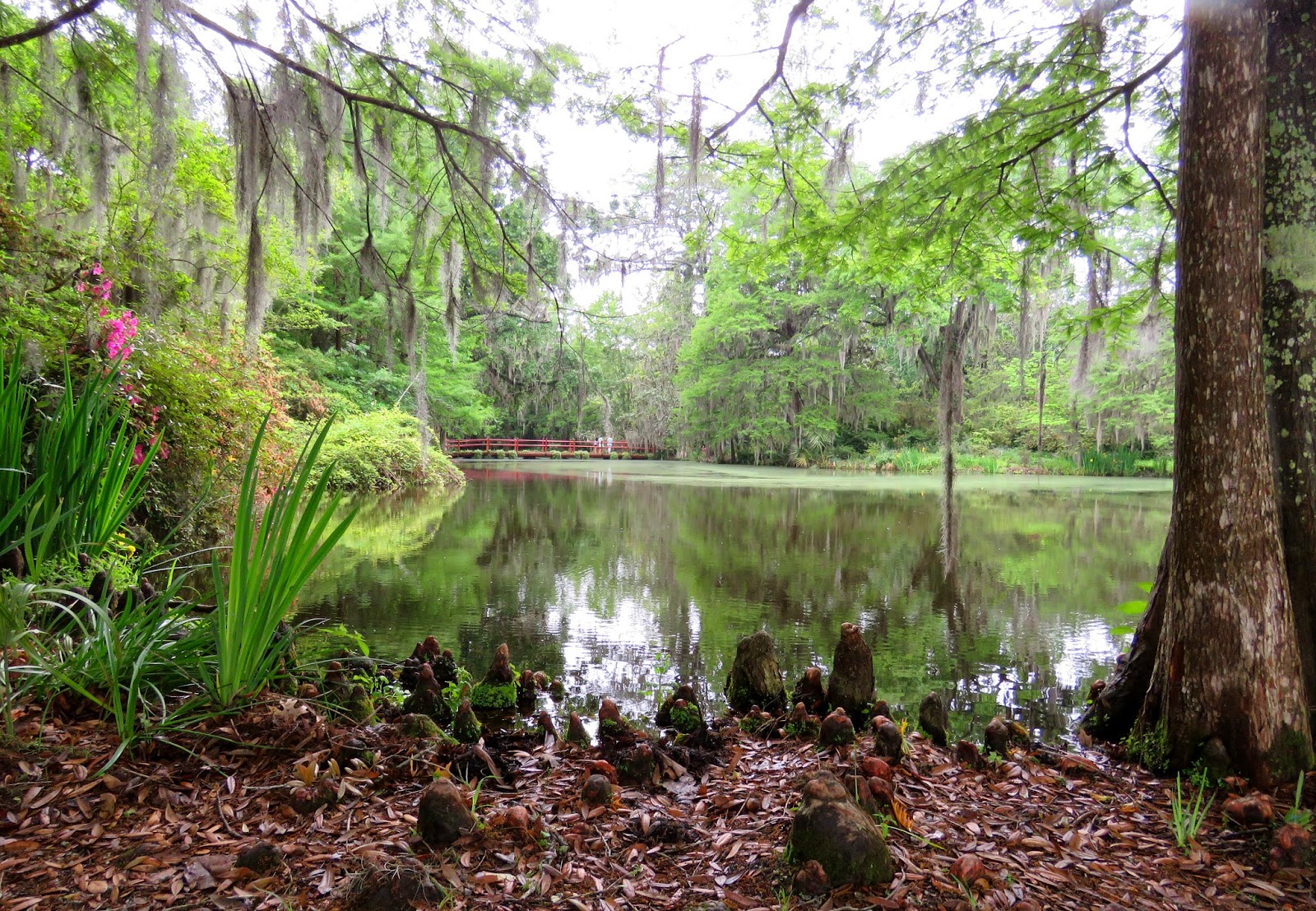Besides finding DuBose ancestors, there're a lot of other places to visit. Nan's cousin David took us to see the H. L. Hunley, a Confederate submarine that was recovered from the sea off the coast of Charleston in 1995. It disappeared on February 17, 1864 after sinking the USS Housatonic, the first submarine ever to sink a ship. Unfortunately, it is believed the percussion of the blast may have incapacitated the crew and/or sent the submarine to the bottom, where 6 Confederate soldiers lost their lives due to lack of oxygen.
It was built in Mobile, Alabama and shipped to Charleston by rail.
Our tour begins with this life-size portrait of the Hunley.
This is a photo of the Hunley after it was raised from the sea.
On the left is one of two hatches for crew members to enter the sub.
A photo of the inside after remains, artifacts and silt were removed.
The gold coin and jewelry were found with the remains of the Hunley Captain Dixon. The coin was bent when it saved Dixon's life by deflecting a bullet during the battle of Shiloh. He always carried it in his pocket as a good luck charm.
This model demonstrates how the Hunley was raised.
This life-size model was used in a movie about the Hunley.
Nan and David try out the cranks.
This model shows the positions of the 6 crew members. Their remains were found at their stations.
Five crew members cranked to propel the submarine. The Captain manned the controls in the front.
Scientists were able to create mannequins of the crew members using skulls and other remains and artifacts as guides.
We also visited Waterfront Park. This is Pineapple Fountain.
From here you can see Fort Sumpter where the Civil War was ignited by an attack in 1861.
This is City Market, a four-block stretch of buildings near the harbor, established in the late 1780s. Meat, fruit, vegetables and fish were among the commodities sold.
This woman demonstrates the old Gullah craft of making Sweetgrass baskets.
Many tourists assume, as we did, that slaves were among the commodities once sold here, but in my research I discovered that the slave sales actually occurred in a building on Chalmers Street which now houses the Old Slave Mart Museum. I missed that particular museum.
Market Hall houses a Confederate Museum. We did not get a chance to visit there either.
Charleston Historical Society was closed on Monday.
Nan and I spent some time walking down streets looking at old buildings and peering into alleys and gardens. Don't try climbing over this gate.
Many buildings show evidence of damage from the 1886 earthquake.
Interesting shapes.
A couple of different ways to tour Charleston if you don't happen to have your own personal tour guide.
Some of the houses had interesting stories.
The Douxsaint House
A courtyard behind the Dock Street Theatre.
1840 Edward McCrady House
There are 3 plantations in a row…Middleton which I already wrote about, Magnolia, and Drayton Hall. We only visited the gardens at Magnolia, and never got to Drayton Hall.
You could spend an entire day and a lot of money touring this entire plantation.
The entry road.
Following are some random photos of the gardens.
Many blooms have fallen after recent rains.
A little history.
What it looked like back then...
One of a few remaining Camelia blooms.
A unique grave site.
And now we are off on a new adventure…to the outer banks of North Carolina.
Many thanks once again to David DuBose for making this a very special experience, and for all his knowledge he shared about Charleston.


























































A great tour of Charleston. I was lucky enough to visit there once while I was working but didn't get to see nearly as much as you did.
ReplyDelete